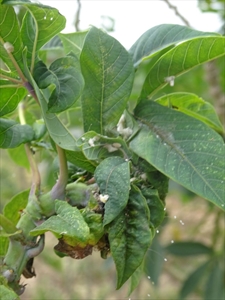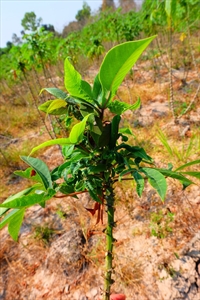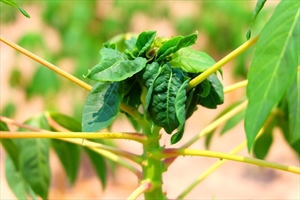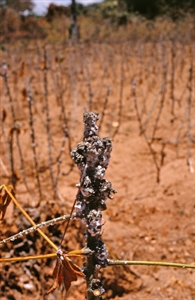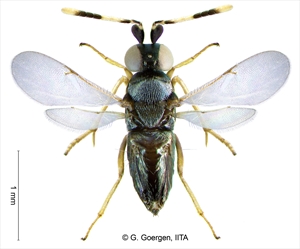AUTHOR Grahame Jackson
Information from Herren HR, Neuenschwander P (1991) Biological control of cassava pests in Africa. Annual Review of Entomology 36:257-283; and CABI (2017) Phenacoccus manihoti (cassava mealybug). Crop Protection Compendium. (https://www.cabi.org/cpc/datasheet/40173); and Cassava mealybug (Phenococcus manihoti) Plantwise Knowledge Bank. (http://www.plantwise.org/KnowledgeBank/Datasheet.aspx?dsid=40173); and from Parsa S, et al. (2012) The cassava mealybug (Phenococcus manihot) in Asia: First records, potential distribution, and an identification key. PLoS ONE 7(10). (https://doi.org/10.1371/journal.pone.0047675). Photos 1-5 Kris Wyckhuys (CIAT) and Phanuwat Moonjuntha (Thai DoA). Photos 6&7 Georg Goergen, IITA-Benin.
Produced with support from the Australian Centre for International Agricultural Research under project PC/2010/090: Strengthening integrated crop management research in the Pacific Islands in support of sustainable intensification of high-value crop production, implemented by the University of Queensland and the Secretariat of the Pacific Community.
